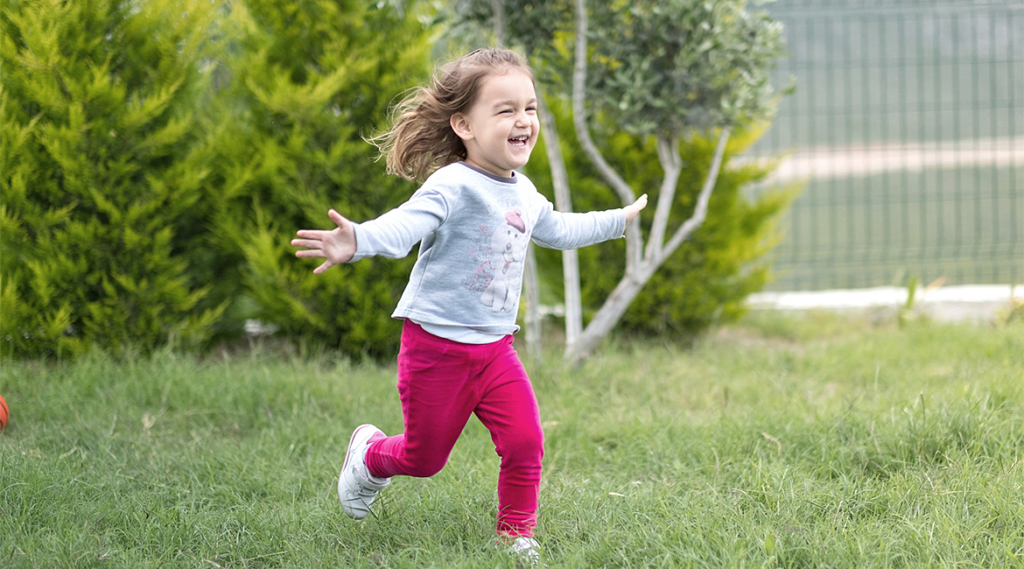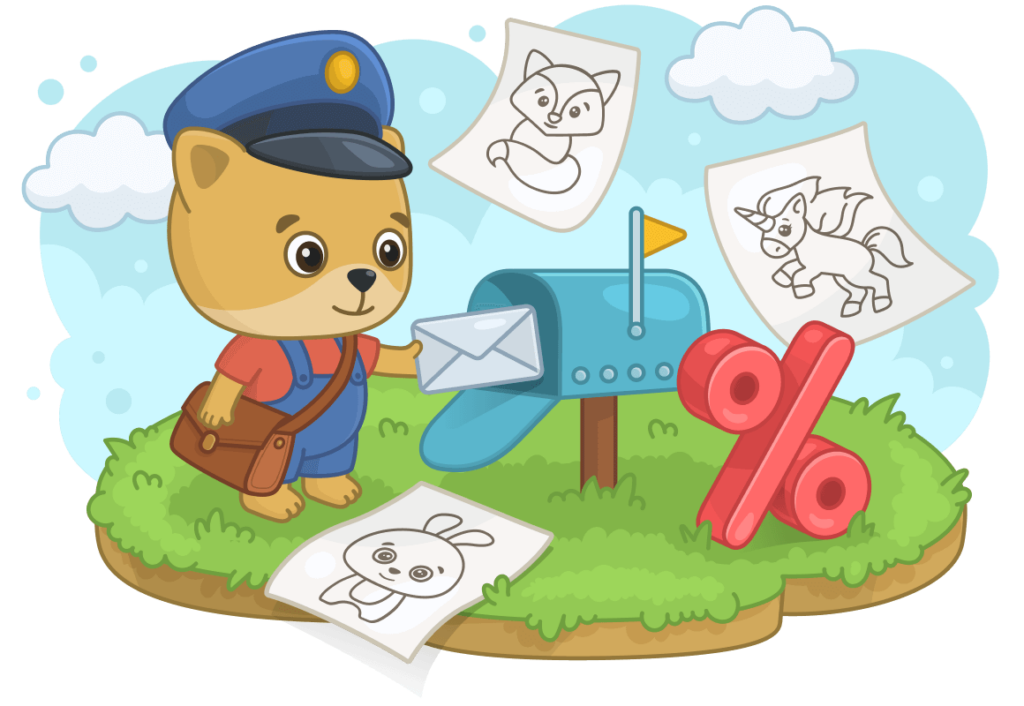As your little one begins to grow, one of the earliest words they’ll learn to say is “no.” Doing so helps them exert their independence and learn to make their own decisions. It’s a crucial step in their development. The best way for children to learn how to use the word properly starts at home and comes from you, the parent. Saying “no” requires a special blend of assertiveness, positivity and persistence. If you’re having trouble mastering the proper way to say “no” to your child, follow these steps for conquering the common stop word and empowering your little one on their journey through life.
Start with Yes
During the first few months of your tiny one’s life, you won’t need to say “no” to your baby. You’ll be saying yes to feedings, diaper time and cuddle sessions. This is the first time your baby will get to know your face and your reactions. They’ll be used to you showing love and kindness in your face and they’ll memorize what those expressions look like. It’s the best time for you to meet all of their needs and get to know each other.
Setting Boundaries
As your little one begins to grow and examine the world, you’ll have to say “no” to protect them from getting hurt. You’ll say “no” when they try to touch an outlet or eat something that is too small for their mouth. They will learn by your face and your actions that the behavior is wrong. Some researchers suggest using the word “Stop” in place of “no” to help children pause and realize that what they’re doing may be dangerous. Even though your little one is small, make sure to follow your “no” with a reason why. For example, if your child is reaching for the stove, don’t just say “no.” Instead, say “No, the stove is hot and can burn you. Ouch.” Setting these rules and explaining why the rules are important is crucial for your little one as they begin to explore their world. Your child will be so good at reading your cues by this point, so it may only take a look or a change in your tone of voice to make a big impact on their decision-making.

“No” and Your Little’s Freedom
As the toddler years come about, your child will begin to exert their independence by saying “no” when you ask them to do something. Though this may cause aggravation, it’s an important part of them discovering their true self and their abilities. Instead of getting mad, think about the reasons they are making the decision they are making. Perhaps they need more time to finish a project or need to switch to a more creative activity, like playing outside or riding their tricycle. When talking with your child, you’ll want to say, “I hear your no, but here’s why we are going to switch activities.” Doing so , helps validate your child’s feelings and allow them time to reason why they need to stop and think about both sides of a decision before making one.
Stick To It
Ultimately, you are the parent and you get to make the final decision about whether to say yes or no to your child. (Parent Fist Bump!) And a child needs to learn sometimes a reason for your decision is not even required. You may say no just to say no. A crucial mistake that parents make during the time their children are learning about boundaries is to give in to their child’s demands. If you say no, you have to mean it and follow through. If you agree with your partner and stick to it, your child will know you are in control and that when you say no or yes, you mean it entirely. This alone will stop negotiations dead in their tracks. Though it won’t seem like a big deal when your little one is 4, it will make all the difference in the world when your child turns 14.
Reevaluating “No”
As your child begins to grow into an older child or preteen, there will be circumstances where you need to go beyond the “no” and really hear what your child is saying. Maybe they need to join a club because they need an extracurricular activity to fight boredom, maybe they are asking for more responsibility because they feel ready to accomplish a new feat, or maybe they need a little space to make a mistake and learn from their decisions. Instead of just saying “no” when your child asks to babysit, think and talk about all the reasons why it may be a good idea to say “yes.” Here them out. Too many no’s can cause your child to doubt their decisions. They may also feel negative pressure from their family environment. Learning to say yes can help open the door to new, positive experiences for your child and your family.
“No” and Your Child’s Future
By instilling good judgement in your children from an early age, you essentially allow them the opportunity to say “no” in their own personal situations. This is vitally important as they begin to be faced with peer pressure situations that could be unhealthy choices for their life paths. If they understand how to use “no” and the reasoning behind why it’s important in life to sometimes say “no,” they’ll be more adept to use it correctly in their own lives. As they reach the teen years, it’s also important to discuss how they can say “no” and not need a reason why. “No” is a powerful word with a powerful meaning when used correctly.
By using “no” balanced with a healthy dose of “yes,” and used in a way that empowers and teaches your children t0 “say what you mean and mean what you say,” you are instilling independence and good decision-making skills in your child. Learning how to say no correctly is a lifelong process that will ebb and flow as your little ones grow, so start early and practice often. You can do it!



